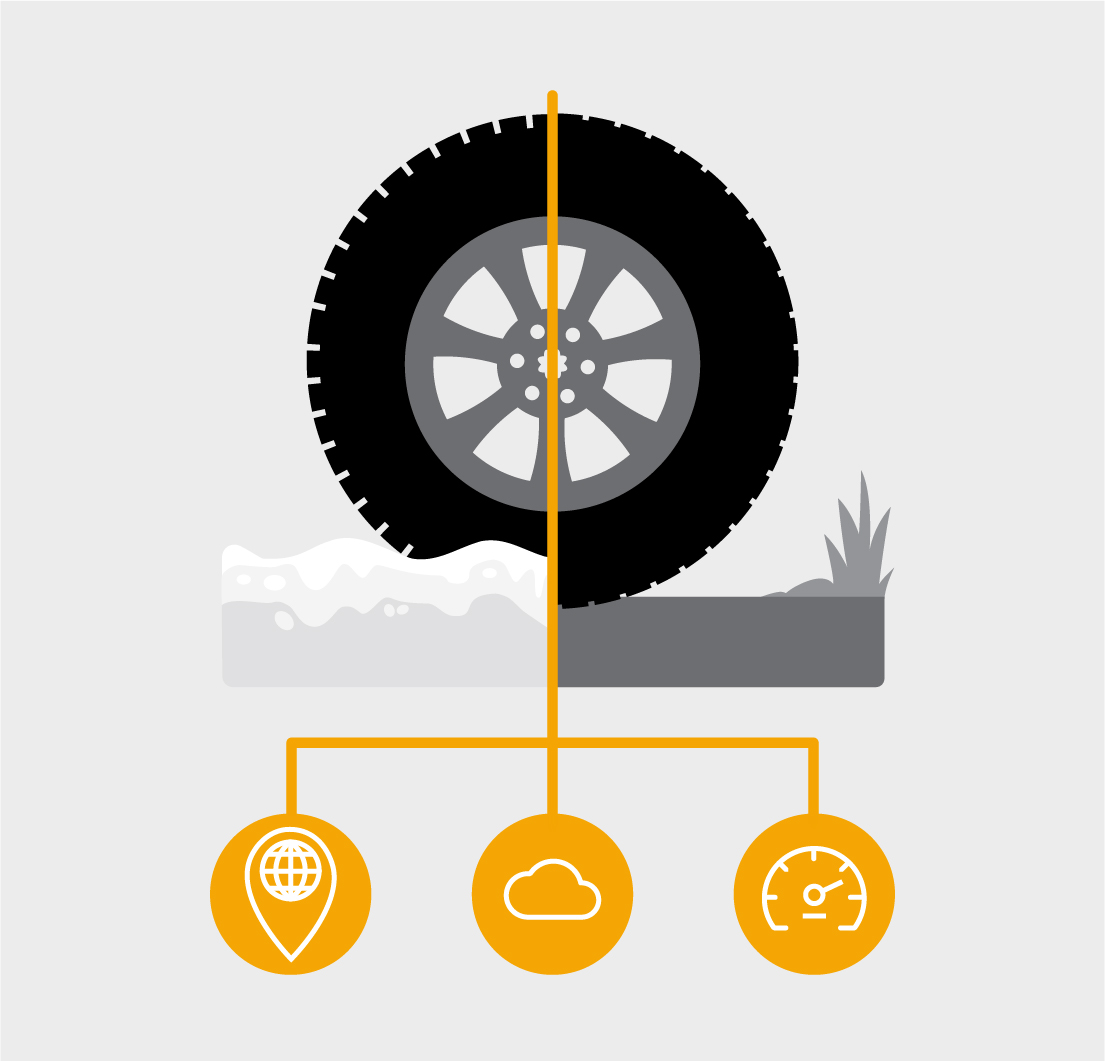
#WinterWorld
Winter tyre laws
When do winter tyres become compulsory in European countries?
- It’s time to switch to winter tyres when the temperatures drop
- Generally, it is advisable to switch to winter tyres between October and April
- If in doubt, make the change at the time determined by local laws and regulations
As leaves turn brown, days become shorter, and the air feels crisper, you know winter is well and truly on its way. That means it must be time to switch your vehicle's wheels to winter tyres. You probably know that winter tyres – sometimes referred to as snow tyres – are a mandatory requirement across several European regions, but when and where does the change become compulsory?
Find out when you should change the tyres on your vehicle – or scroll down to see where in Europe winter tyres are legally required.
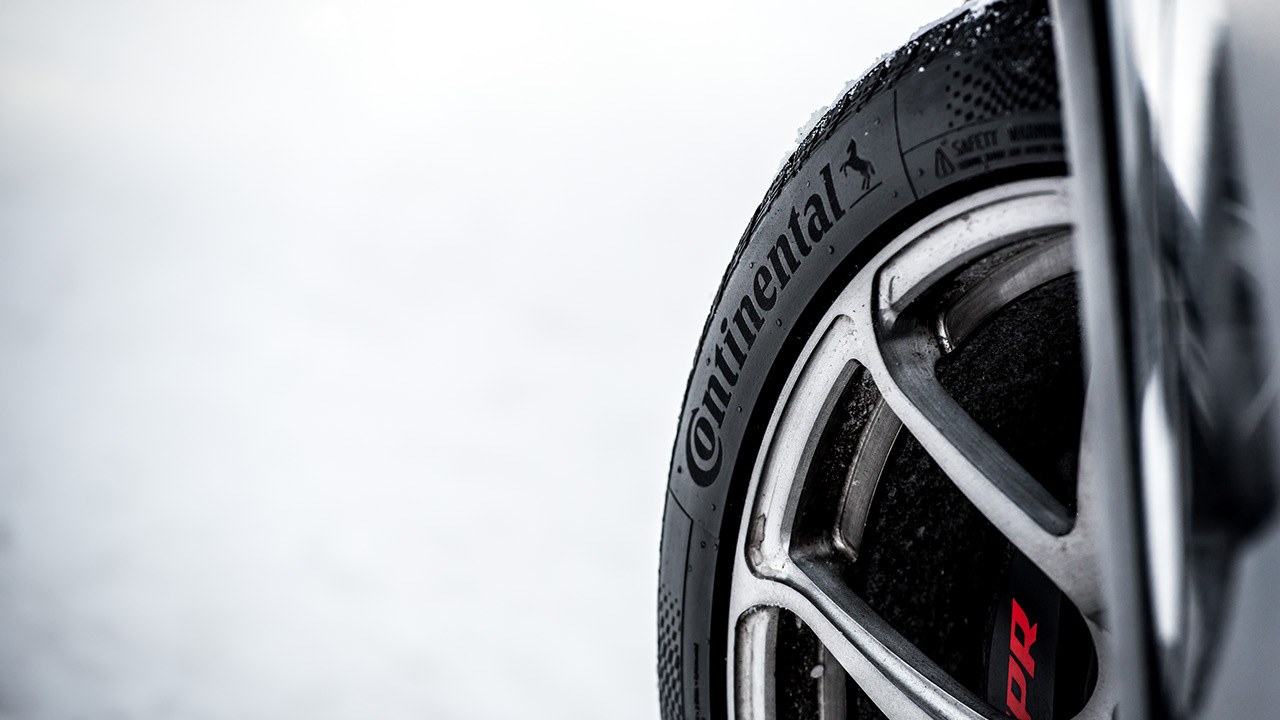
Where are winter tyres compulsory in Europe?
When temperatures drop, winter tyres ensure far greater vehicle road safety compared to summer tyres. You may choose them voluntarily, so you can rely on your tyres in snow and icy conditions. However, if you are still unsure about making the switch, the map below shows which European countries have winter tyre laws making them mandatory. You can recognise winter tyres by special markings on the sidewall. So far, the well-known M+S mark was sufficient as a winter tyre label. The 3PMSF symbol (snowflake) is mandatory for winter or all-weather tyres produced since January 1, 2018. During the transition period until September 30, 2024, M+S tyres are sufficient to comply with winter tyre laws as listed below. Select your country from the list to check the exact requirements.
* 3PMSF symbol stands for 3 Peak Mountain Snowflake symbol
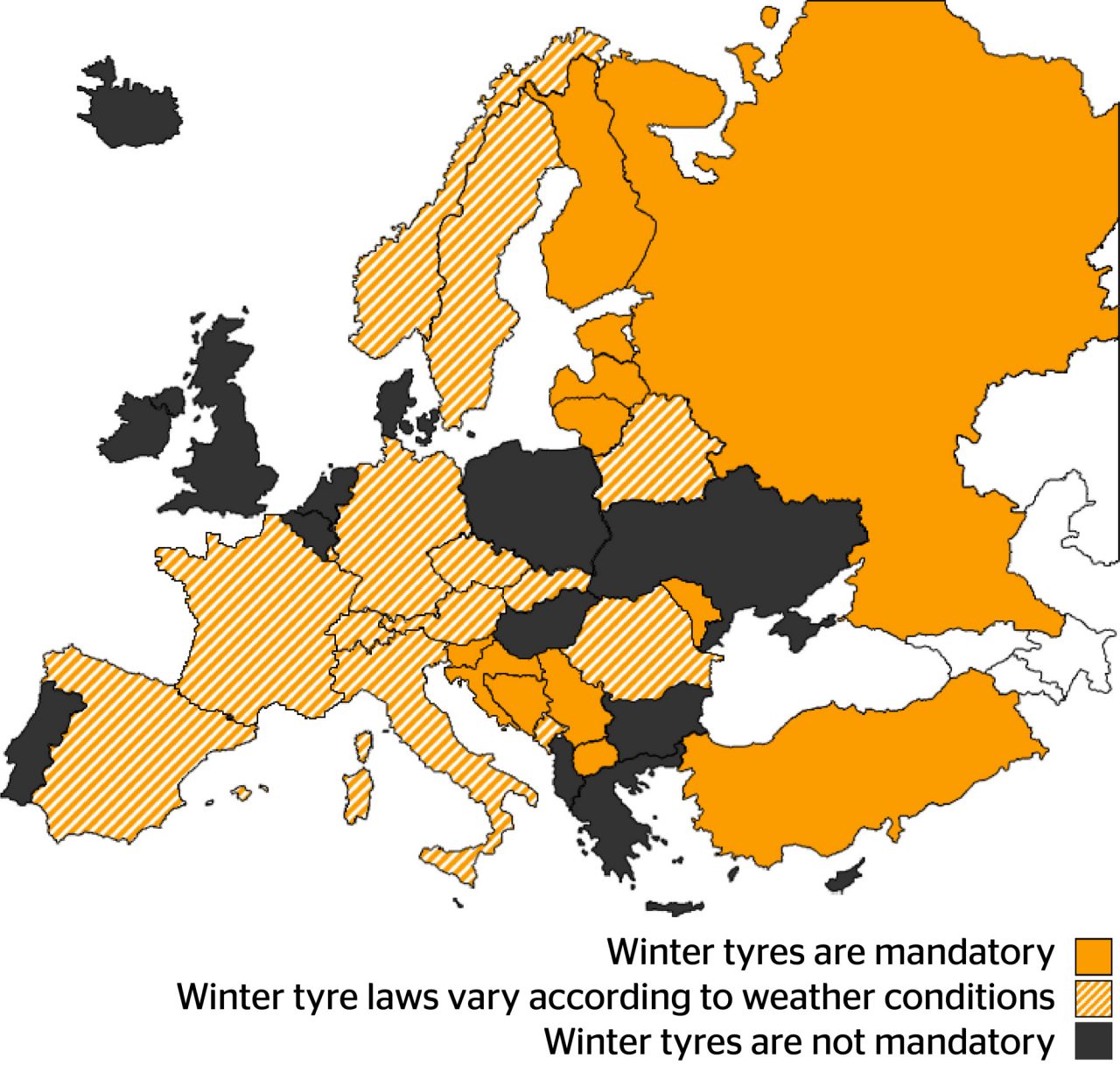 European winter tyre laws vary between countries
European winter tyre laws vary between countries

- Winter tyres not mandatory
- Studs not allowed
- Snow chains for drive axle must be carried in the vehicle
- On mountain roads, it is recommended to use winter tyres from 1.11. - 30.04.

- Winter tyres not mandatory
- M+S and Alpine symbol (3PMSF)
- Snow chains, indicated by road signs
- Snow chains must be used if winter condition or signs indicate
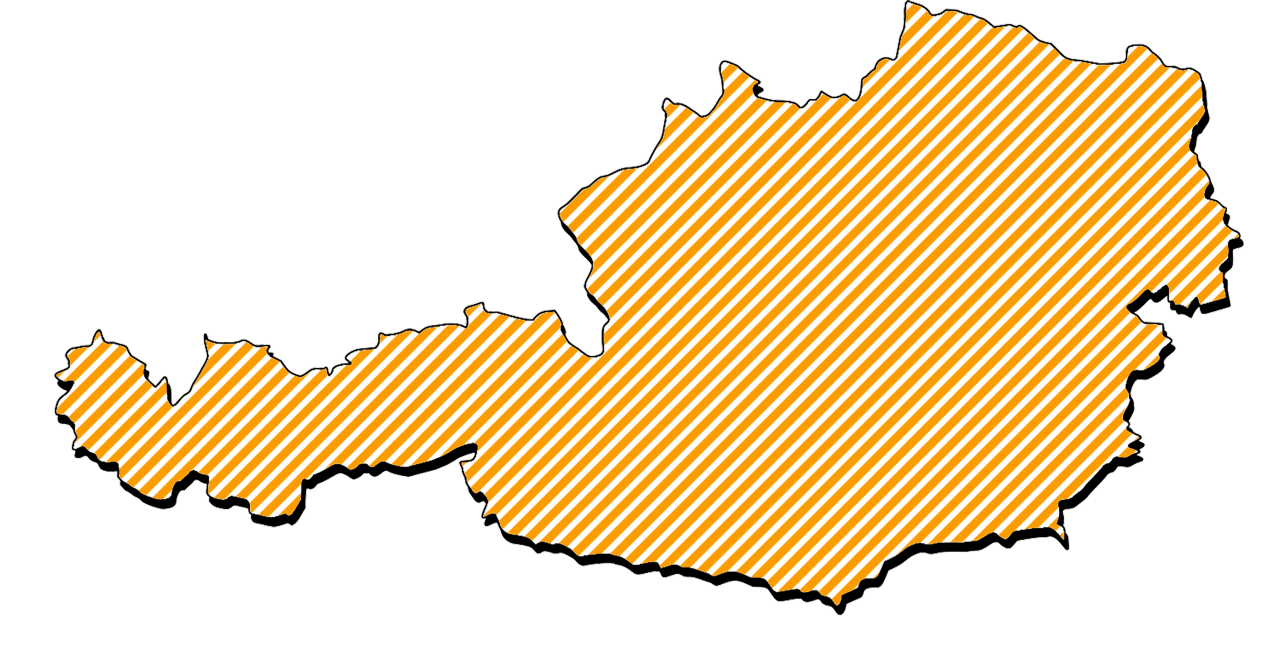
- Situationally depending on wintery road conditions from 1.11. – 15.4.
- Valid up to 3.5 tons vehicle weight
- M+S marking
- Min. tread depth: 4.0 mm
- If summer tyres are fitted chains for one driven axle are mandatory
- Studded tyres are allowed from 1.11. - 15.4.
- If studded tyres are fitted they are mandatory for all axles (incl. trailer)
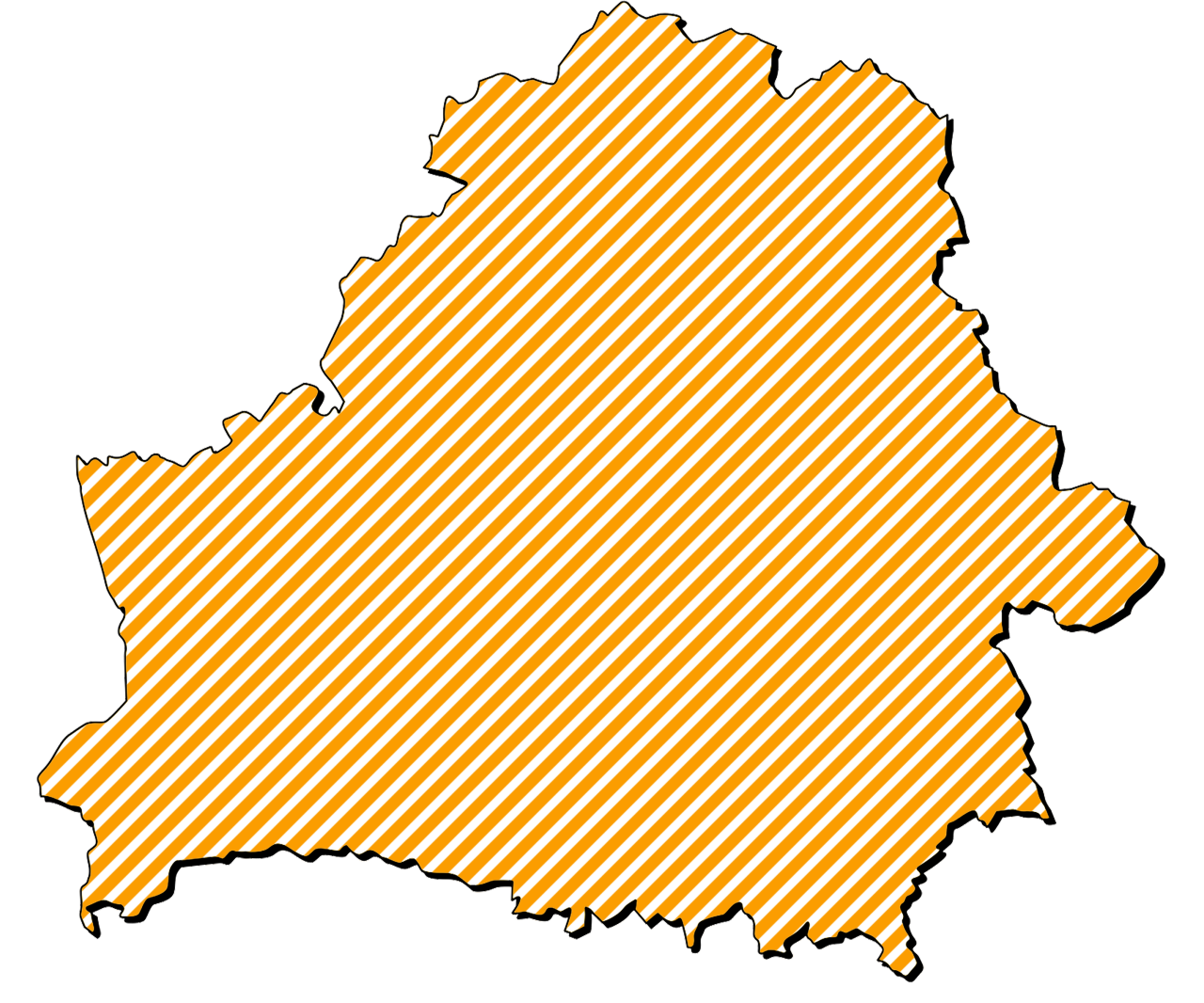
- Winter tyres mandatory from 1.12. - 1.3.
- Valid up to 3.5 t vehicles
- Min. tread depth 4.0 mm
- Winter tyres have to be mounted on all 4 axles
- Studded tyres can be used as all other winter tyres
- M+S marking

- Winter tyres not mandatory
- M+S tyres with lower speed index accepted from 1st October to 30st April (labeling the max speed in the dashboard mandatory)
- M+S marked tyres with same/higher speed index accepted all the year round
- Alpine symbol (3PMSF) tyres with smaller speed index accepted all the year round (labeling the max speed in the dashboard mandatory)

- Winter tyres mandatory from 15.11. - 15.04.
- Valid up to 3.5 tons vehicle weight and not more than 8 seats
- M+S marking
- Min. tread depth 4.0 mm
- Studs are not allowed

- Winter tyres not mandatory
- Studs not allowed
- Min. tread depth 4.0 mm mandatory from 01.11. - 31.3.

- Winter tyres mandatory
- From 15.11. - 15.4.
- Up to 3.5 tons
- M+S marking
- Min. tread depth 4.0 mm

- Winter tyres not mandatory
- Valid up to 3.5 tons vehicle weight

- Situationally depending on winterly road conditions from 1.11. - 31.3.
- M+S marking
- Min. tread depth 4.0 mm

- Winter tyres not mandatory
- Studded tyres allowed from 1.11. - 15.4.
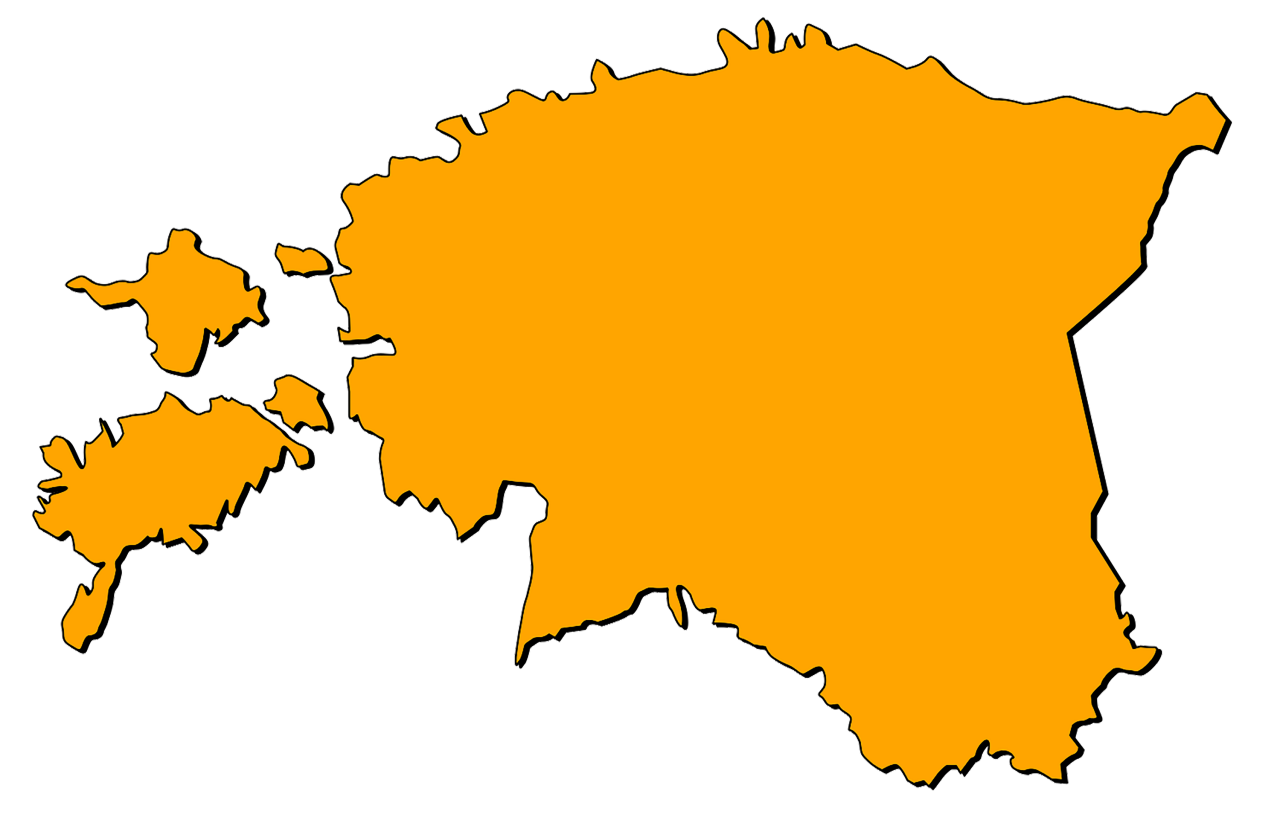
- Mandatory to use winter tyres 1.12. – 1.3.
- M+S marking
- Min. tread depth 3.0 mm
- Studded tires can be used from 15.10. - 31.03.
- From 01.12.2022 Alpine symbol (3PMSF) required for studded tyres (exception POR tyres)
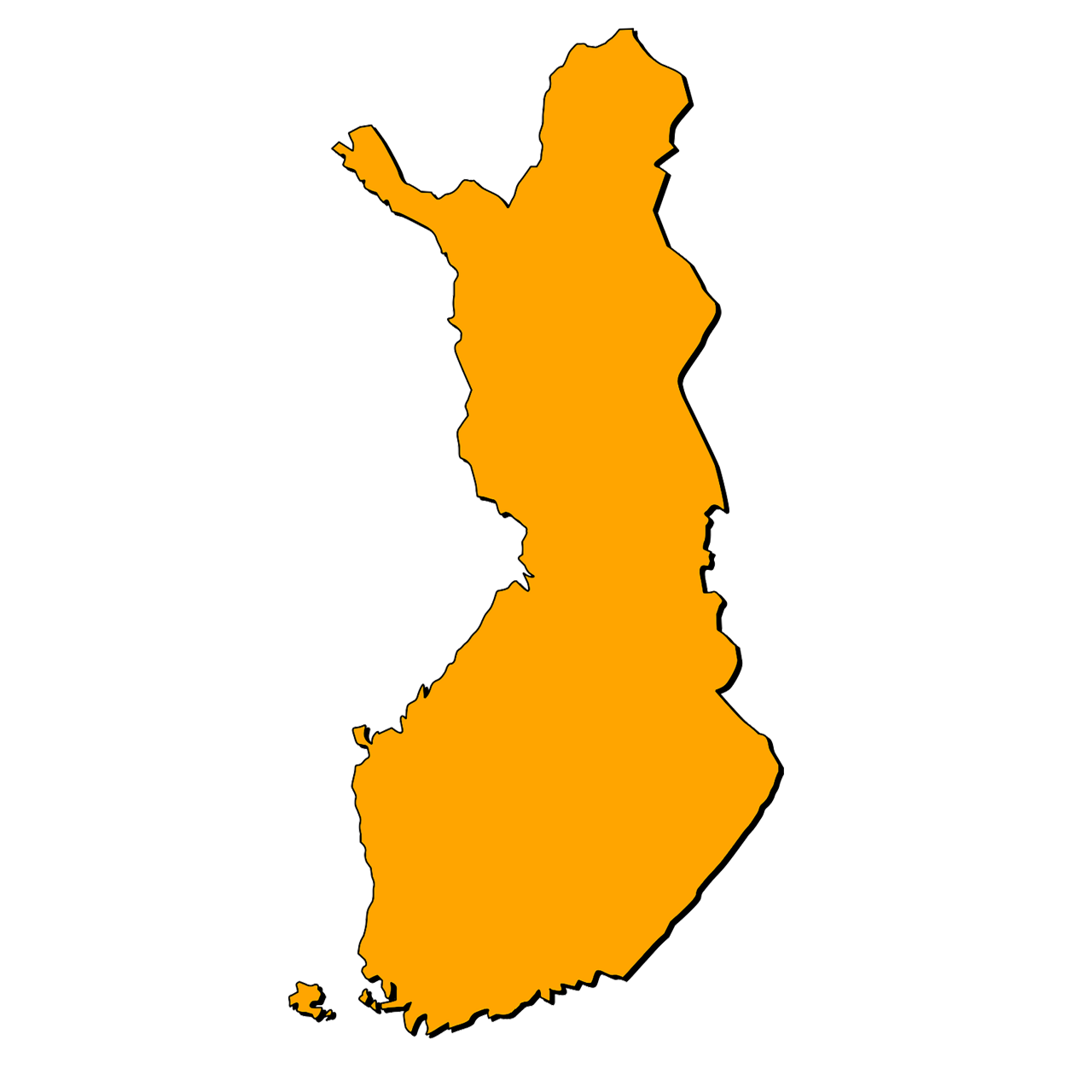
- Mandatory to use winter tyres 1.11. - 31.03. if road conditions require it
- Min. tread depth 3.0 mm
- Studded tyres can be used from 1.11. - 31.03. or first Monday after Easter, outside this time can be used if "winter" conditions
- Valid up to 3.5 t vehicle weight
- M+S marking
- Tyres with M+S marking can still be used until November 30th, 2024. Thereafter, only tyres with the Alpine symbol (3PMSF) or studded tyres are considered winter tyres
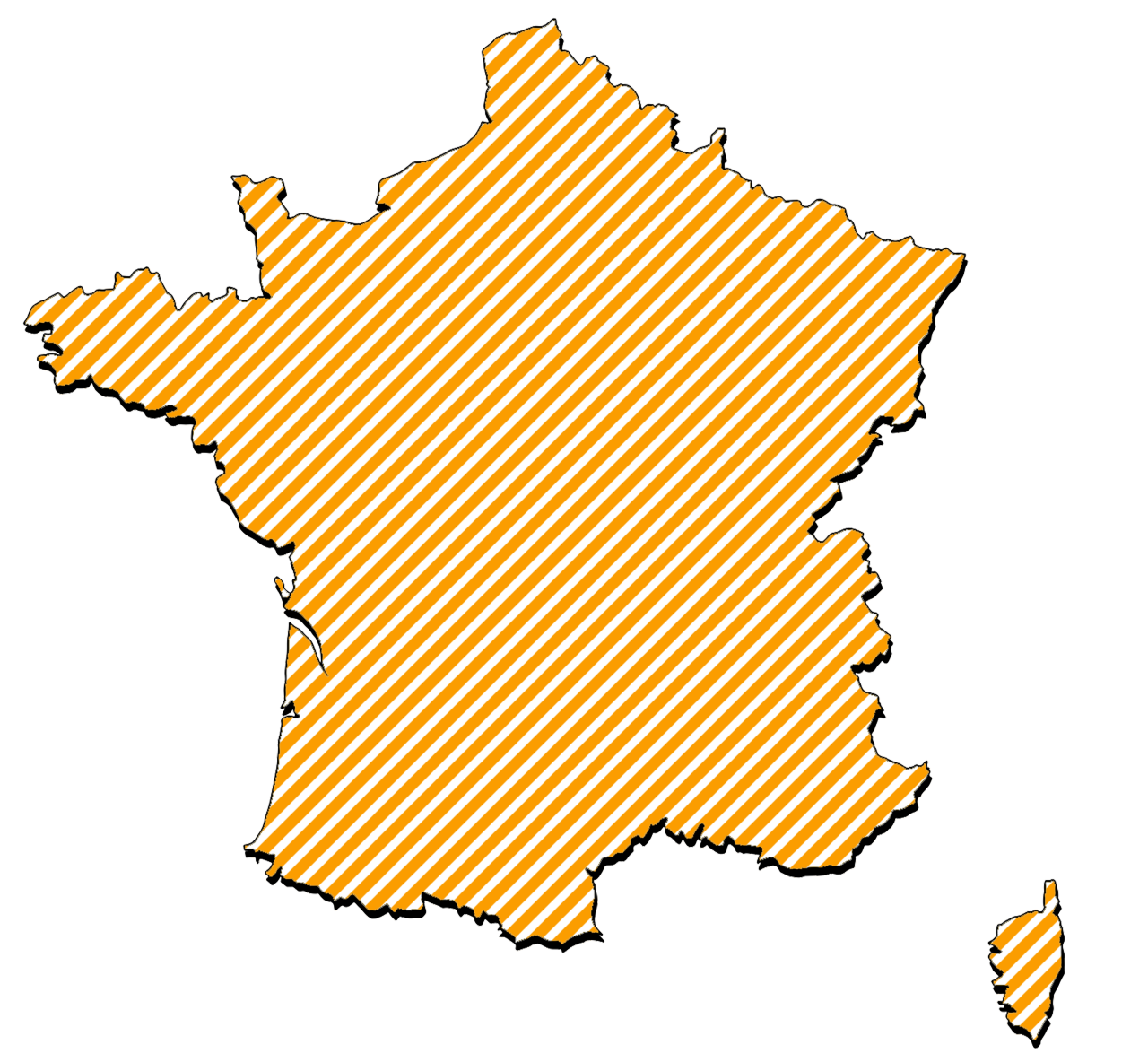
- Based on a decision of the prefect, vehicle must use winter equipment (winter tyres and/or snow chains) in the period from 1.11. to 31.03.
- Winter tyres shall be marked with Alpine symbol (M+S marked tyres are allowed until 1.11.2024)
- Snow chains, indicated by road signs
- Snow chains must be used if winter condition or signs indicate
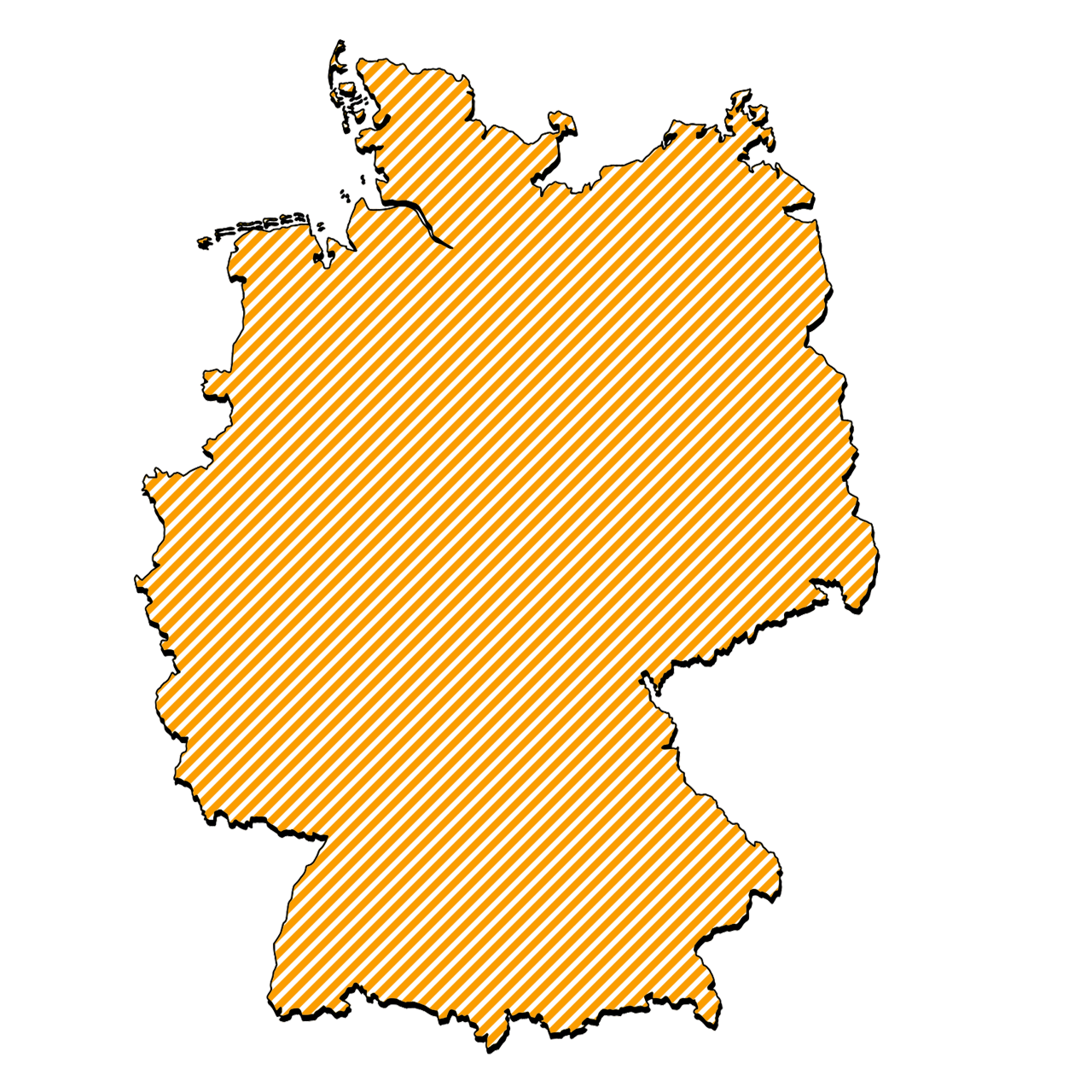
- Depending on winter weather conditions
- Situational winter tyres are mandatory
- Valid up to 3.5 tons vehicle weight
- M+S marking
- Min. tread depth 1.6 mm

- Winter tyres not mandatory
- Valid up to 3.5 tons
- Snow chains allowed, max. speed limit 30 mph (50 km/h)

- Winter tyres not mandatory

- Winter tyres not mandatory
- Min. tread depth 1.6 mm

- Winter tyres not mandatory
- Valid up to 3.5 tons vehicle weight
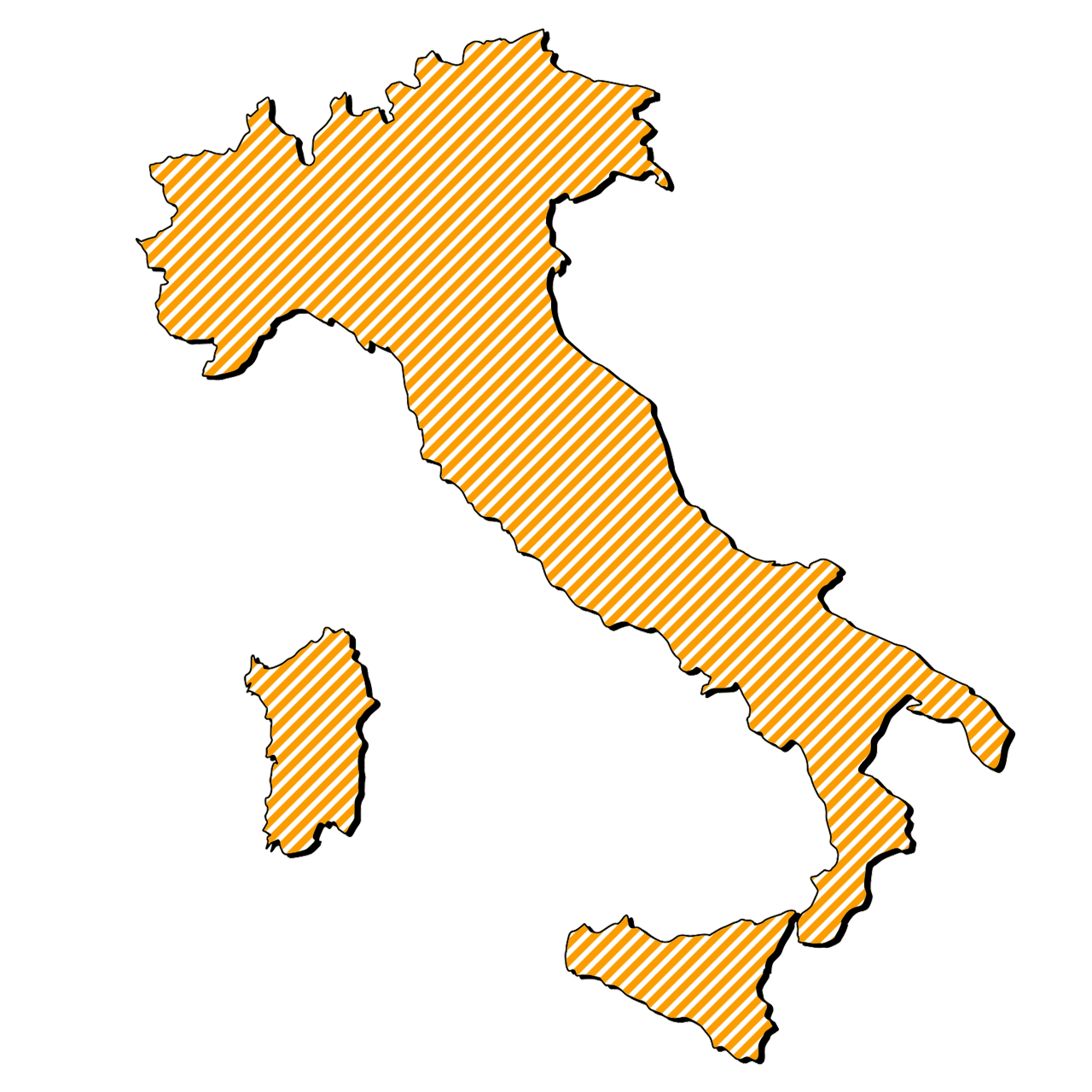
- Winter Tyre Obligation in places from 15.11. - 15.04.
- Valid up to 3.5 tons vehicle weight
- M+S marking
- Extention: 1 month for mounting (15.10. - 15.11.) and 1 month for dismounting (15.04. - 15.05.)
- Min. tread depth 1.6 mm
- Winter tyres allowed in summer (16.05. - 14.10.) if the speed index is the same or higher of the one in the vehicle registration paper
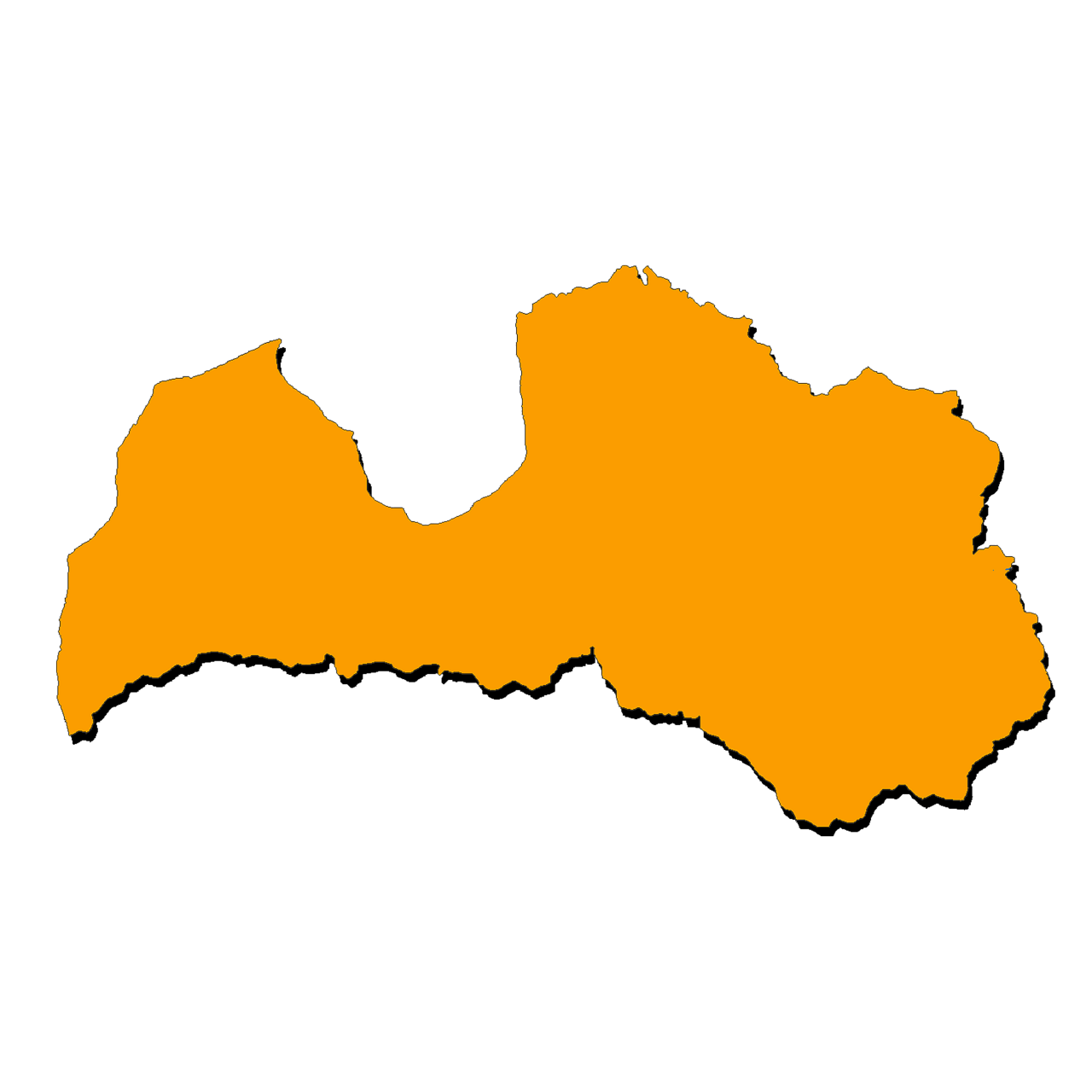
- Winter tyres mandatory from 01.12. - 01.03.
- M+S marking
- Min. tread depth 4.0 mm
- Studded tyres can be used from 01.10. - 01.05.

- No general winter tyre regulations, regional regulations are possible in winter road conditions (i.e Pass-Roads)
- Min. tread depth for winter tyres 1.6 mm
- In case of an accident with summer tyres in wintry conditions, be aware of liability issues
- If authorities announce snow chain obligation, only snow chains are permitted (four-wheel drive may be excluded)
- Use of snow chains in case of respective road signs and conditions
- Studded tyres are permitted for vehicles <7.5 t GVW between November 1 and April 30 or on snowcovered roads
- Max speed 50 mph (80 km/h)
- Vehicles with studded tyres have to be labled with a sticker 50 mph (80 km/h)
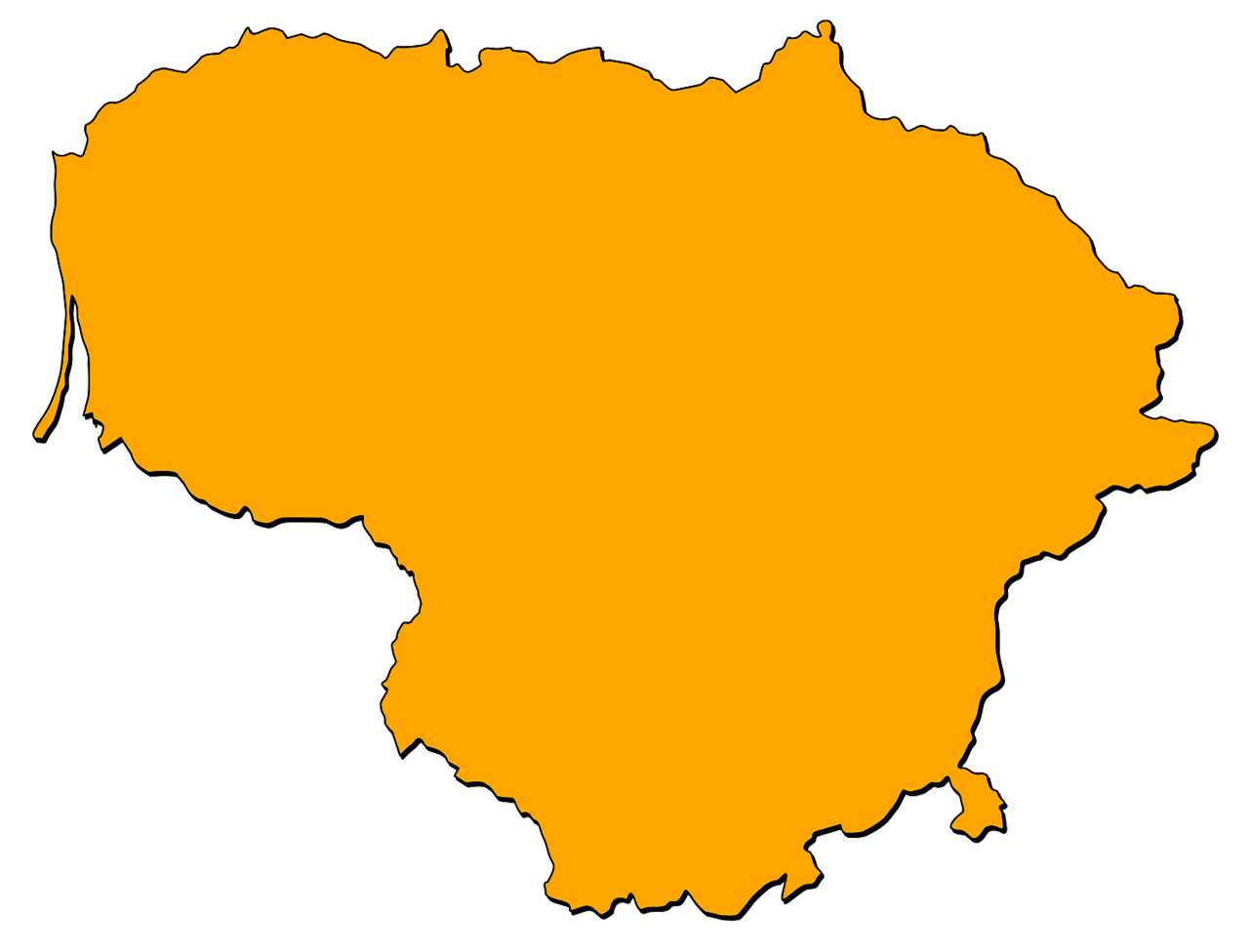
- Winter tyres mandatory from 01.11. - 01.04.
- M+S marking
- Min. tread depth 1.6 mm
- Studded tyres can be used as all other winter tyres during the mandatory winter period
- Min. tread depth 3.0 mm
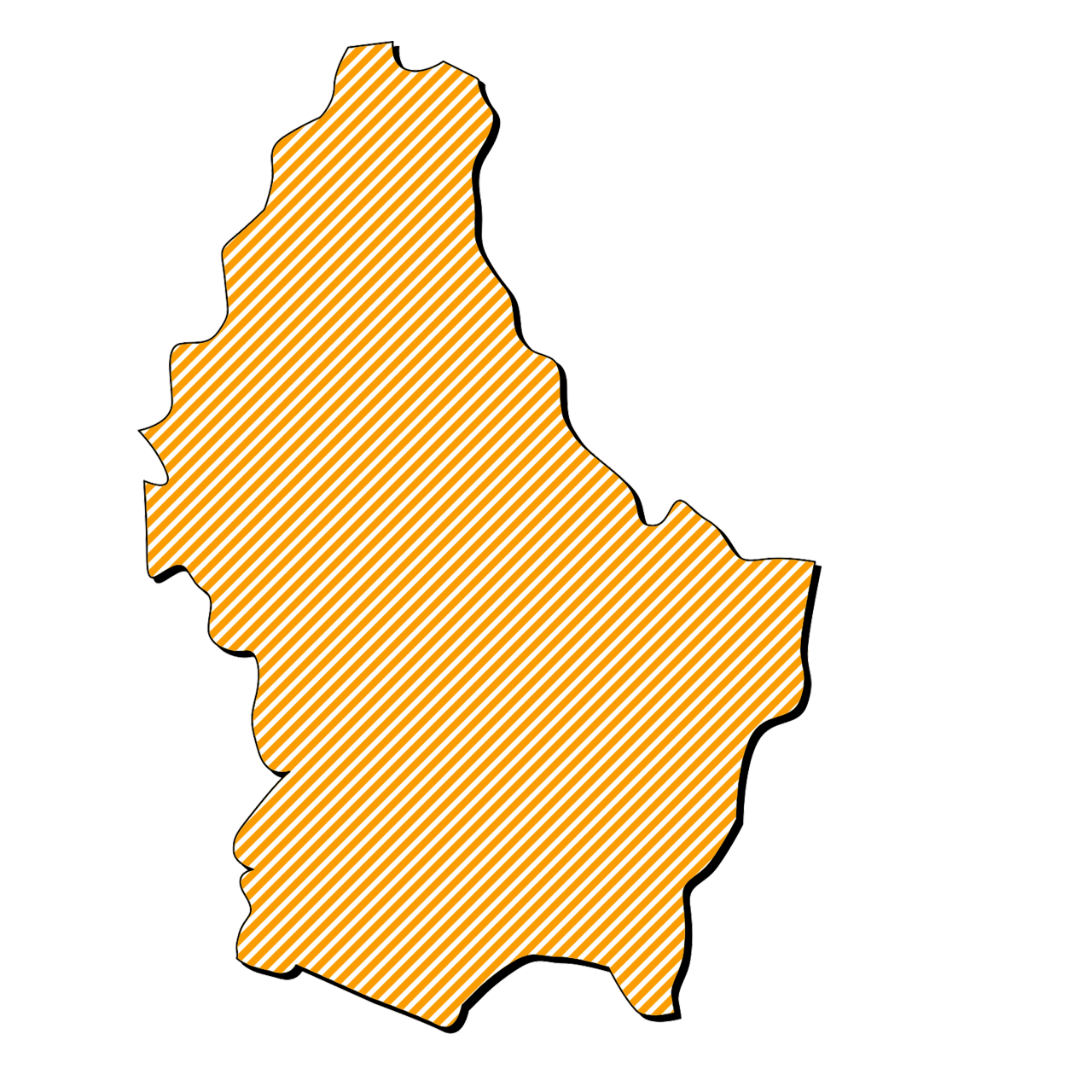
- Depending on winter weather conditions
- Valid up to 3.5 t vehicle weight
- M+S marking
- Min tread depth 1.6 mm

- Winter tires mandatory from 15.11. - 15.03.
- M+S marking
- Min. tread depth 4.0 mm
- Studs not allowed

- Winter tyres not mandatory
- Valid up to 3.5 tons vehicle weight

- Depending on winter weather conditions from 01.12. - 31.03.
- Valid up to 3.5 tons vehicle weight
- M+S marking
- Studs allowed from 01.12. - 01.03.

- Winter tyres mandatory from 15.11. - 01.04.
- Winter tyres mandatory up to 3.5 tons
- Min. tread depth 4.0 mm
- M+S marking

- Winter tyres not mandatory
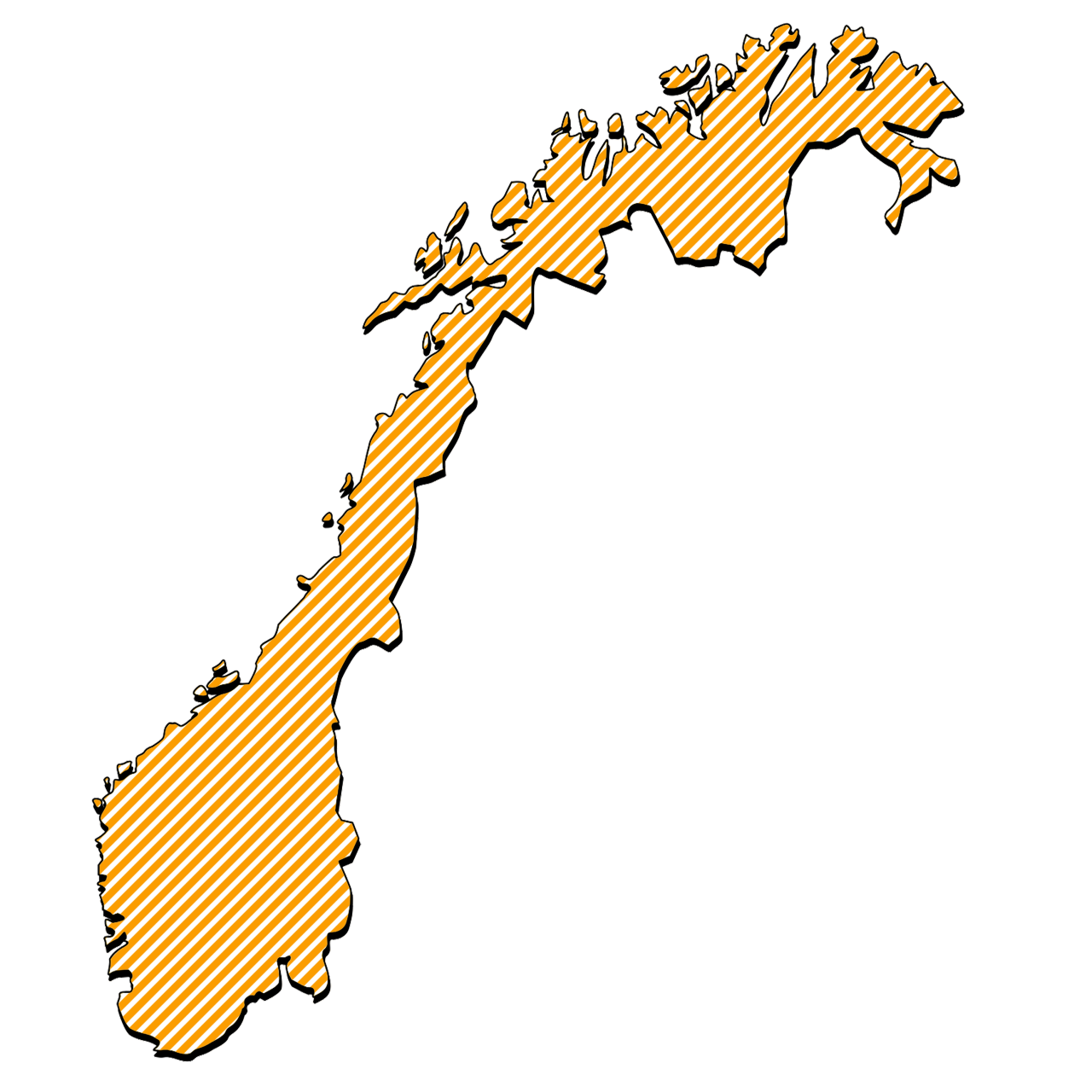
- Depending on winter weather conditions
- Valid up to 3.5 t vehicle weight
- M+S especially developed for winter use and / or Alpine symbol (3PMSF)
- Min. tread depth 3.0 mm
- Studded tyres allowed
- From 01.11. to 1st Monday after Easter in the South
- From 15.10. to 30.04. in the North

- Winter tyres not mandatory
- Valid up to 3.5 t vehicle weight
- Snow chains only allowed on roads covered with snow and ice
- Studded tyres not allowed

- Winter tyres not mandatory
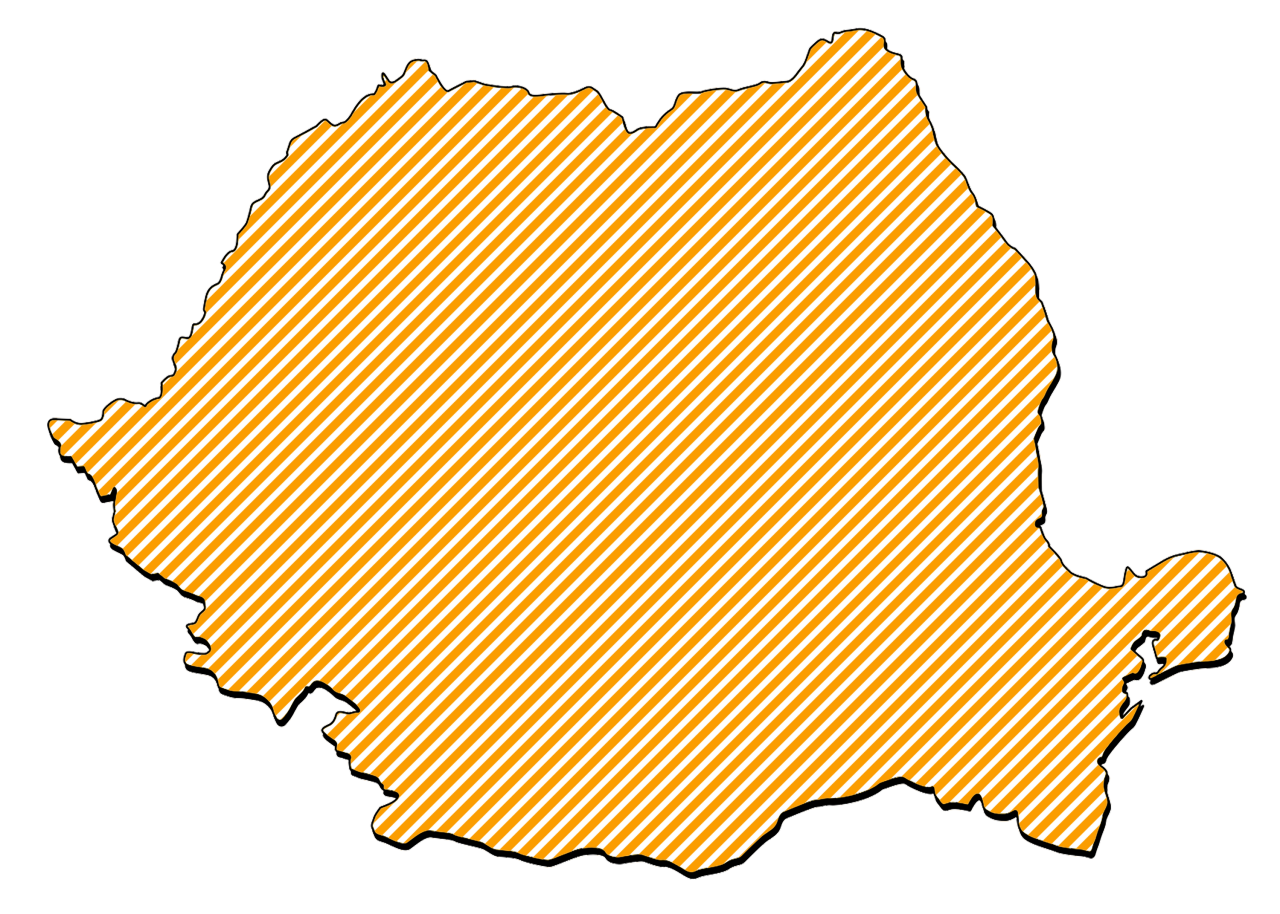
- Depending on winter weather conditions
- Valid up to 3.5 tones vehicle weight
- M+S marking
- Min. tread depth 1.6 mm
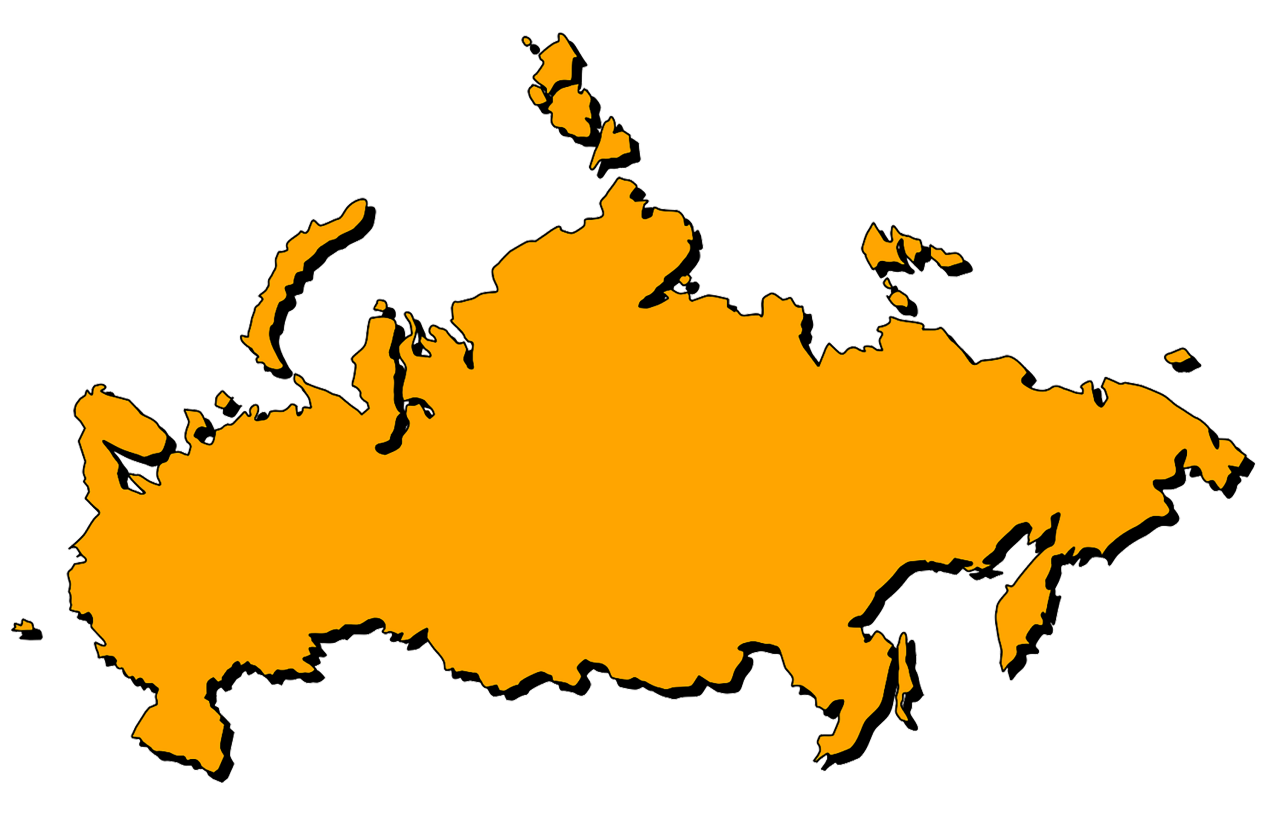
- Winter tyres mandatory from 1.12. - 28.02.
- M+S marking as well as Alpine symbol (3PMSF)
- Min. tread depth 4.0 mm
- If using studded tyres, they have to be on all positions
- Winter tyres have to be mounted on all positions
- Studs are forbidden from 01.07. - 30.09.

- Depending on winter weather conditions
- From 1.11. - 01.04.
- Winter tyres are mandatory up to 3.5 tons
- M+S marking
- Min. tread depth 4.0 mm

- Depending on winter weather conditions
- From 15.11. - 31.3.
- Valid up to 3.5 t vehicle weight
- M+S marking
- Min. tread depth 3.0 mm
- Snow chains must be used if signs indicate and can be used if winter condition
- Forbidden to use spike tyres
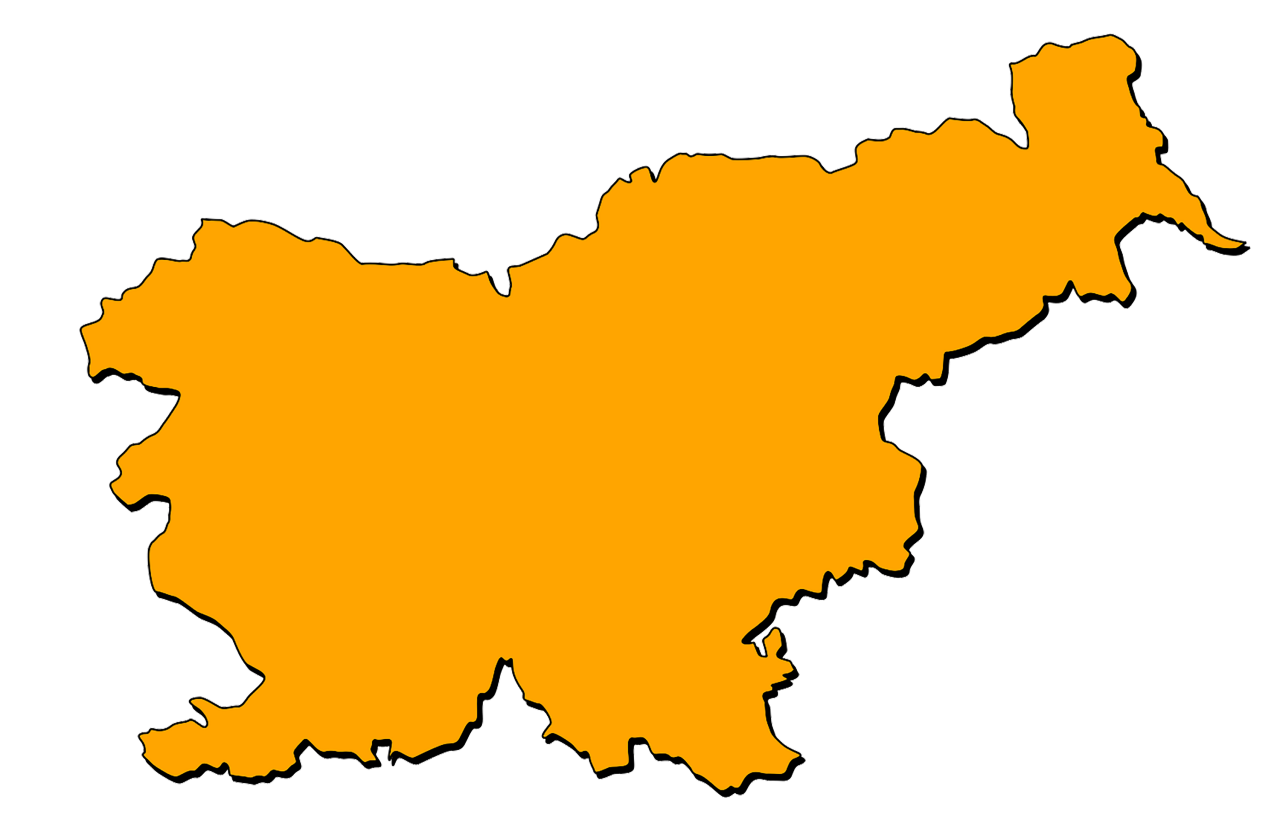
- Winter tyres mandatory from 15.11. - 15.03.
- Valid up to 3.5 tons vehicle weight
- M+S marking
- Min. tread depth 3.0 mm
- Studs not allowed

- No winter tyre obligation
- Valid up to 3.5 tons vehicle weight
- Min. tread depth 1.6 mm
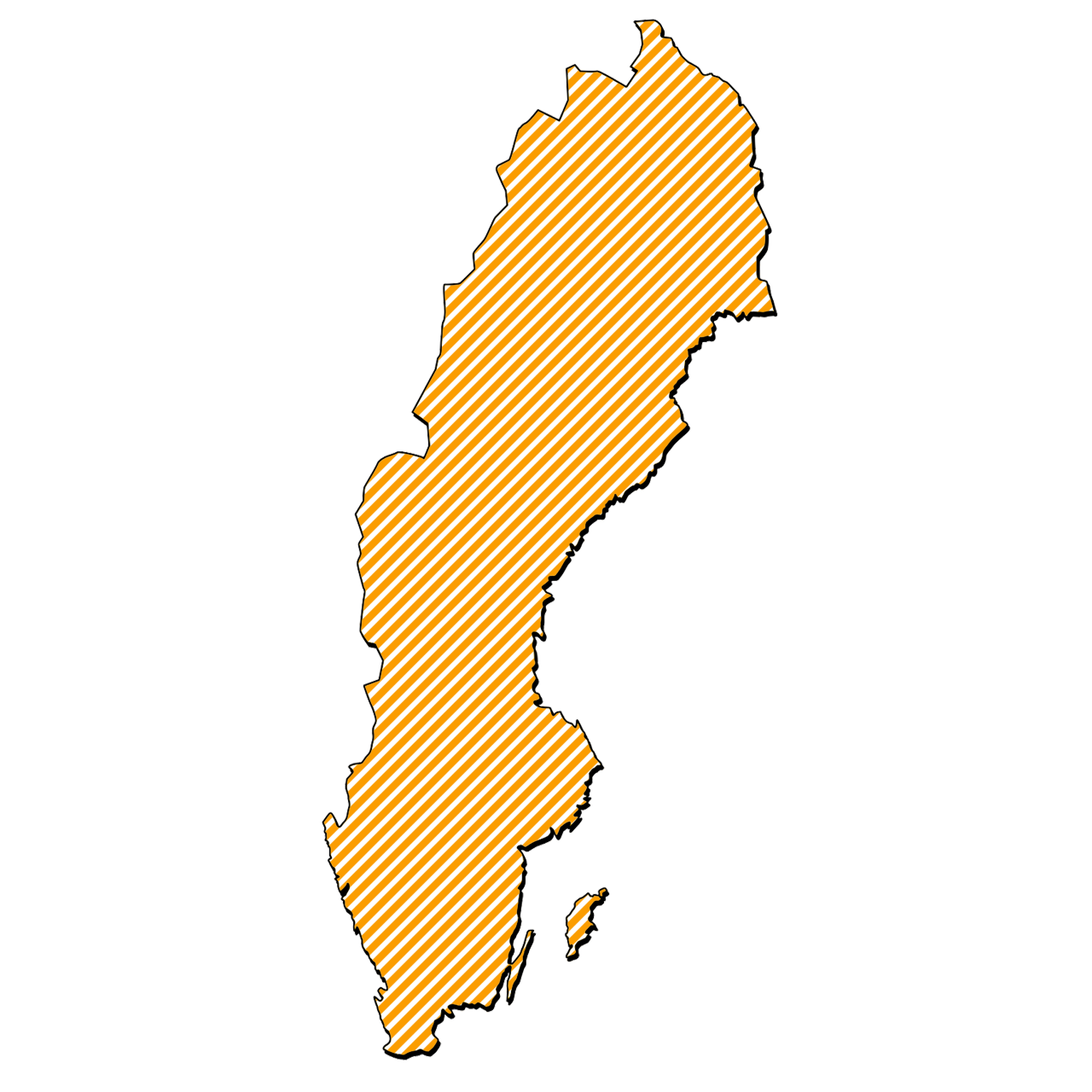
- Depending on winter weather conditions from 01.12. - 31.03.
- Valid up to 3.5 tons vehicle weight
- M+S marking
- Min. tread depth 3.0 mm
- Studded tyres allowed from 01.11. – 15.4.

- No general winter tyre regulations, regional regulations are possible in winter road conditions (i.e mountain passes)
- Min. tread depth for winter tyres 1.6 mm
- In case of an accident with summer tyres in wintry conditions, be aware of liability issues
- If authorities announce snow chain obligation, only snow chains are permitted (four-wheel drive may be excluded)
- Use of snow chains in case of respective road signs and conditions
- Studded tyres are permitted for vehicles <7.5 t GVW between 01.11. - 30.04. or on snowcovered roads
- Max speed 50 mph (80 km/h)
- Vehicles with studded tyres have to be labled with a sticker 50 mph (80 km/h)
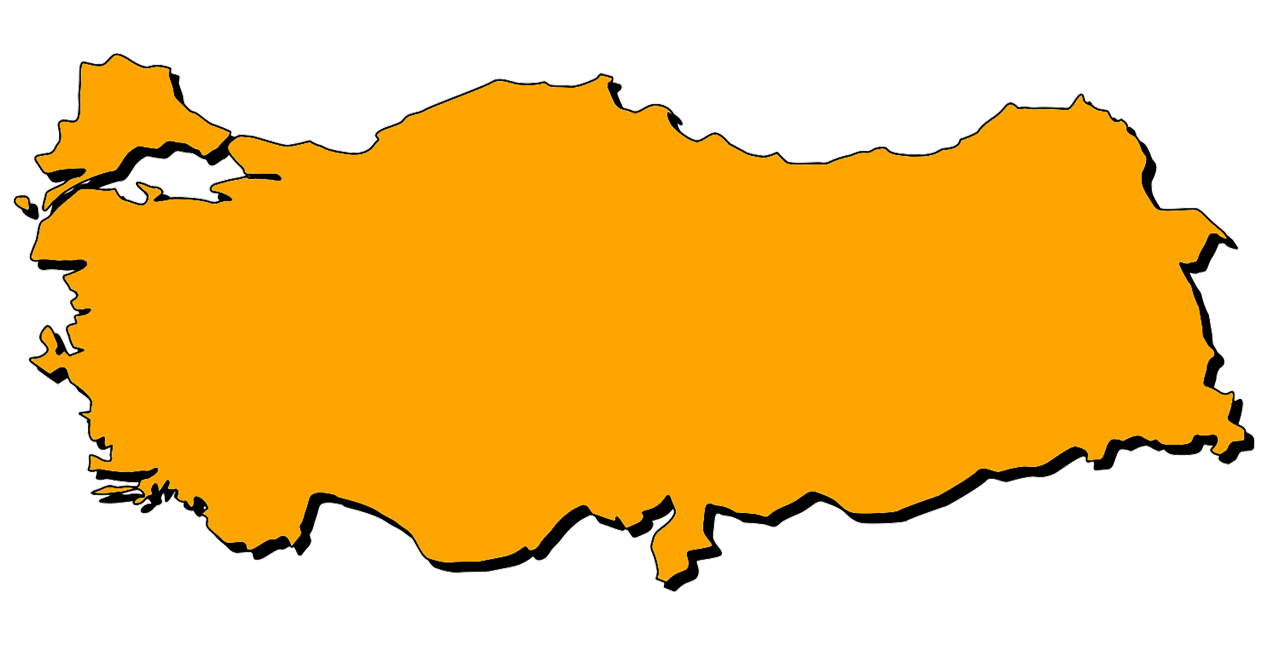
- Winter tyres are mandatory from 01.12. - 01.04.
- Valid for just commercial vehicles (including taxi, light trucks, trucks, buses)
- Min. tread depth 1.6 mm
- M+S marking

- Winter tyres not mandatory

- Winter tyres not mandatory
- Valid up to 3.5 tons vehicle weight
When do you need to change to winter tyres?
Most European countries have some regulations either making winter tyres compulsory or requiring situational use of winter tyres. As a general rule of thumb, it is recommended to use snow tyres between October 1 and April 30, or from Autumn to Easter. However, in some countries, the winter tyre laws tell you exactly when to make seasonal tyre changes. If you’re unsure, speak to your local tyre specialist, they’ll be up to date on the latest requirements and changes.
Other compulsory requirements for tyres
Whether you have all-season tires or winter tyres, there are other things to consider to ensure optimum vehicle safety and tyre performance in snow. Again, every country has slight variations, so check the list or ask your tyre specialist. For example, in some areas, winter tyre tread depth must be a minimum of 1.6 mm, while in others, tyre tread depth should be 4 mm. Always consider the legal regulations of your country and take into account that tyre performance, especially on wet surfaces, decreases with tread depth. To ensure reliable traction and excellent grip on snow and ice-covered surfaces, your tyres should always have sufficient tread. Additionally, your tyres should have the correct tyre pressure to ensure your vehicle can brake in snow and ice with good traction, grip and handling.

Related content
-
 2025/06/10What’s the difference between winter and all-season tyres? Learning the design considerations behind tyre types can help decide which ones you need.Winter vs. all-season tyresRead more
2025/06/10What’s the difference between winter and all-season tyres? Learning the design considerations behind tyre types can help decide which ones you need.Winter vs. all-season tyresRead more -
 2025/06/10The weather changes throughout the year, which affects driving conditions on the road; fit your car with tyres that will provide you with the most confidence.Summer tyres vs. winter tyresRead more
2025/06/10The weather changes throughout the year, which affects driving conditions on the road; fit your car with tyres that will provide you with the most confidence.Summer tyres vs. winter tyresRead more -
 2025/06/10Ensure you have the right supplies for the season ahead with our winter car kit checklist.Prepare your car for winterRead more
2025/06/10Ensure you have the right supplies for the season ahead with our winter car kit checklist.Prepare your car for winterRead more